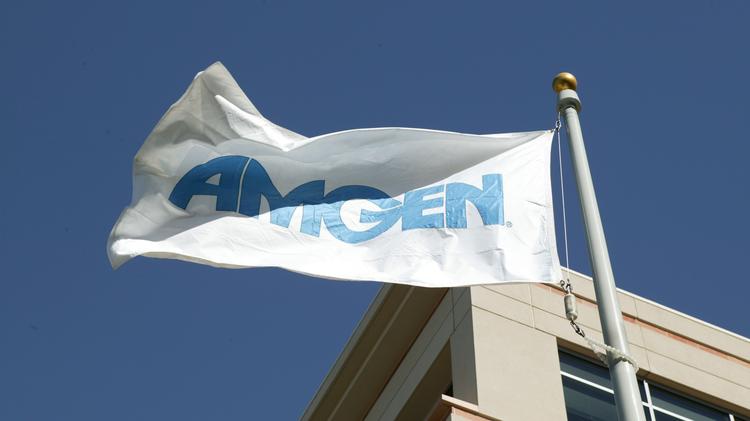
In a couple of weeks, the FDA will report its decision on Amgen Inc.’s (NASDAQ:AMGN) latest supplemental application for its lead multiple myeloma product, Kyprolis. The drug has been a solid performer for the company since both it’s first approval back in 2012 and its subsequent expansion approval early last year, generating $124 million revenues at last quarterly count. At present, however, it remains approved only for use in combination with two other treatments – lenalidomide and dexamethasone – and only in patients who have received between one and three previous lines of therapy. Amgen has spent the last few years funding trials to narrow the drug’s restrictions, and in turn widen its potential patient population, and the sNDA set for PDUFA this month is the latest example of such. So, ahead of the decision, let’s have a look at what the company is going for, and what it might mean from a bottom line perspective if the agency gives the green light. Here goes.
Kyprolis is what’s called a proteasome inhibitor. The mechanism of action of this drug, at first glance, seems pretty complex. When broken down however, its really not that complicated. A proteasome is a cellular complex that breaks down proteins in our body. Mostly, these are unwanted proteins, meaning it’s no issue. Sometimes, however, they break down helpful proteins. Those that read our signal inhibition piece yesterday will remember that certain proteins play a key roll in eliciting a particular response from a cell. If proteasomes break down a particular protein, said protein cannot play the role required to elicit this response. In this instance, the proteasome in question is 20S, which breaks down a host of proteins – one of which is the protein responsible for inducing apoptosis. Again, those familiar with yesterday’s piece will remember apoptosis is a type of induced programmed cell death, and is a process that, in most cancer cells, becomes inhibited one way or another. Kyprolis inhibits proteasome 20S, and in doing so, allows for a build up of the proteins it would normally dispose of – one of which is the protein that induces apoptosis in tumor cells. This build up reduces tumor size and has proven an effective treatment for patients with MM.
The drug performed superbly in clinical trials during the early stages of its development, and has continued to do so against the backdrop of Amgen’s attempts at expansion. In the most recently issued update, Amgen reported that its drug had doubled the median progression free survival of what has quickly become the standard of care in the MM space, Velcade, a drug marketed by Janssen, which is a subsidiary of Johnson & Johnson (NYSE:JNJ). Data showed that across close to 1000 patients, randomized to receive Kyprolis and dexamethasone or Velcade and dexamethasone, MPFS was 18.7 months for the former and 9.4 months for the latter. It is this data that forms the root of the NDA, submitted in mid-September and accepted as priority by the FDA shortly thereafter (sNDAs have a shorter time-to-decision than standard NDAs).
So approval looks likely – what might it mean for Amgen’s bottom line? Well, as we’ve already said, Velcade has become SOC in MM, and the latest Amgen data suggests that Kyprolis is far superior. With a close to 50% benefit over SOC, Kyprolis has a real shot at (assuming approval) becoming SOC in the space, and very quickly. Additionally, in its current administration, Kyprolis is administered with two other drugs. If approved this month, it will only require one other drug in combo, which will make it more attractive to patients reluctant to expose themselves to the AEs associated with a triple mix. Velcade brought in a little over $3 billion in revenues for J&J during 2014, and looks set to outstrip that figure for FY 2015. Some of these revenues came from its second indication, mantle cell lymphoma, but the vast majority accredit to MM, and it is this vast majority that Amgen will be in line to redirect towards its own balance sheet if the FDA gives Kyprolis the thumbs up.
So what’s the takeaway? That by the end of this month, Amgen could be gearing up a sales force to target a close to $3 billion market, armed with vastly superior data over current SOC. The company generates a little over $5 billion quarterly, so the chance to chase down a further $3 billion could be a real game changer for Amgen and, in turn, its shareholders. That the sumbmission is an sNDA, rather than an NDA, suggests we wont get an advisory panel review, so January 22nd is the day to watch.




